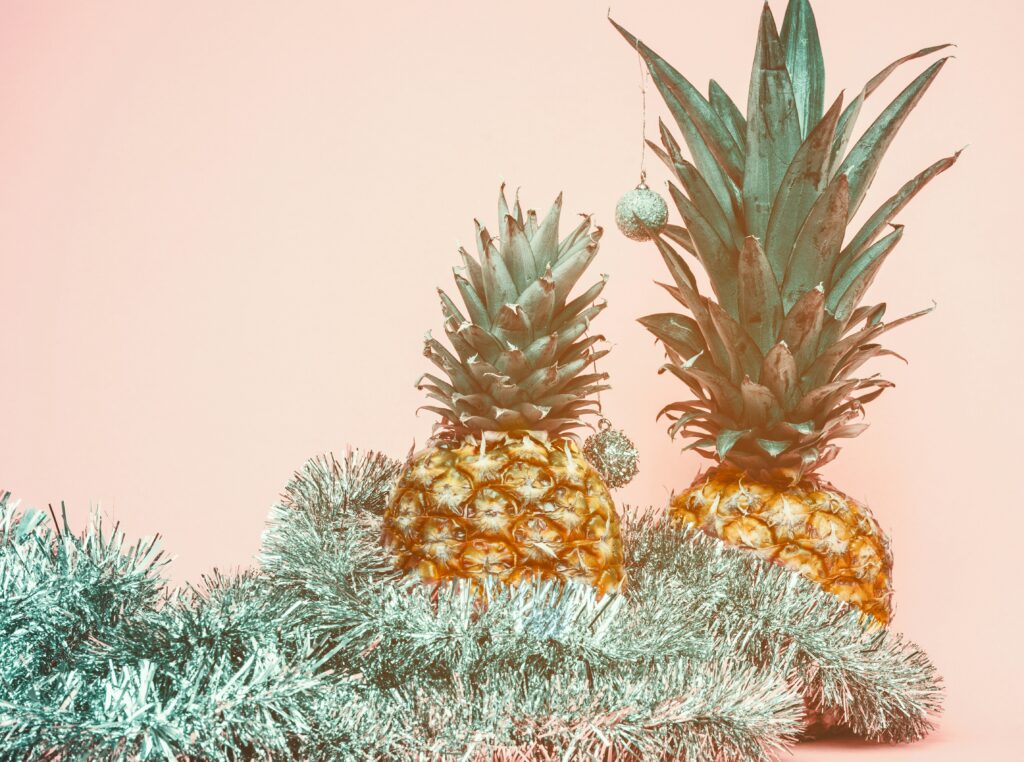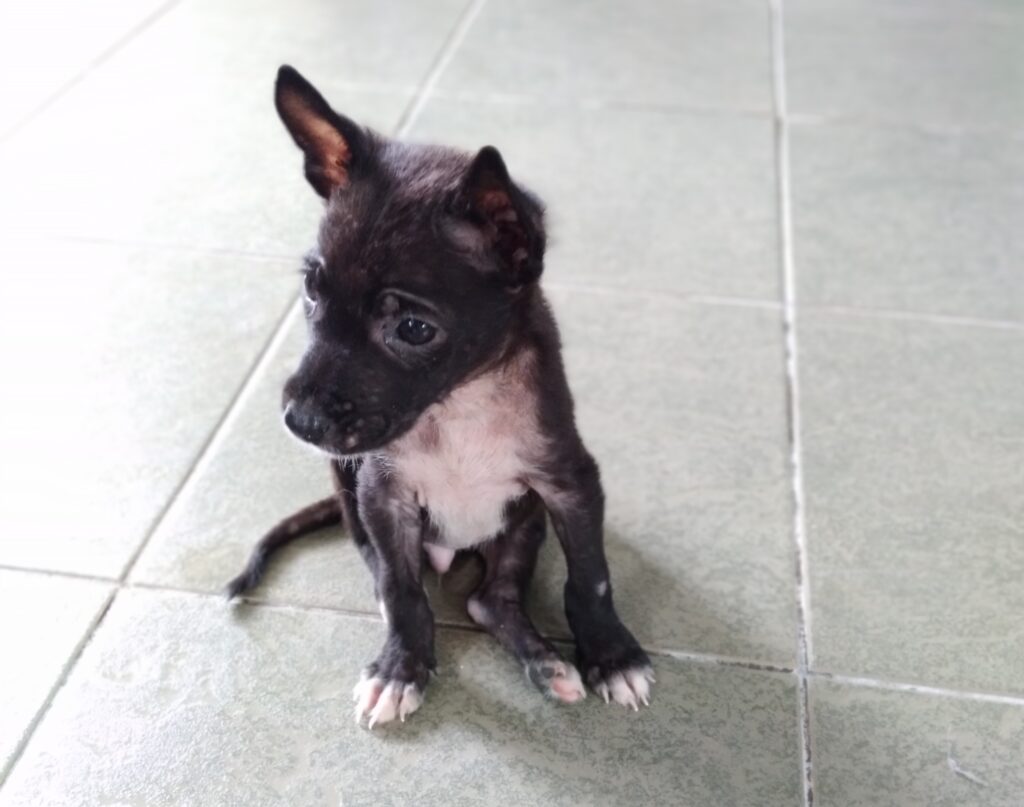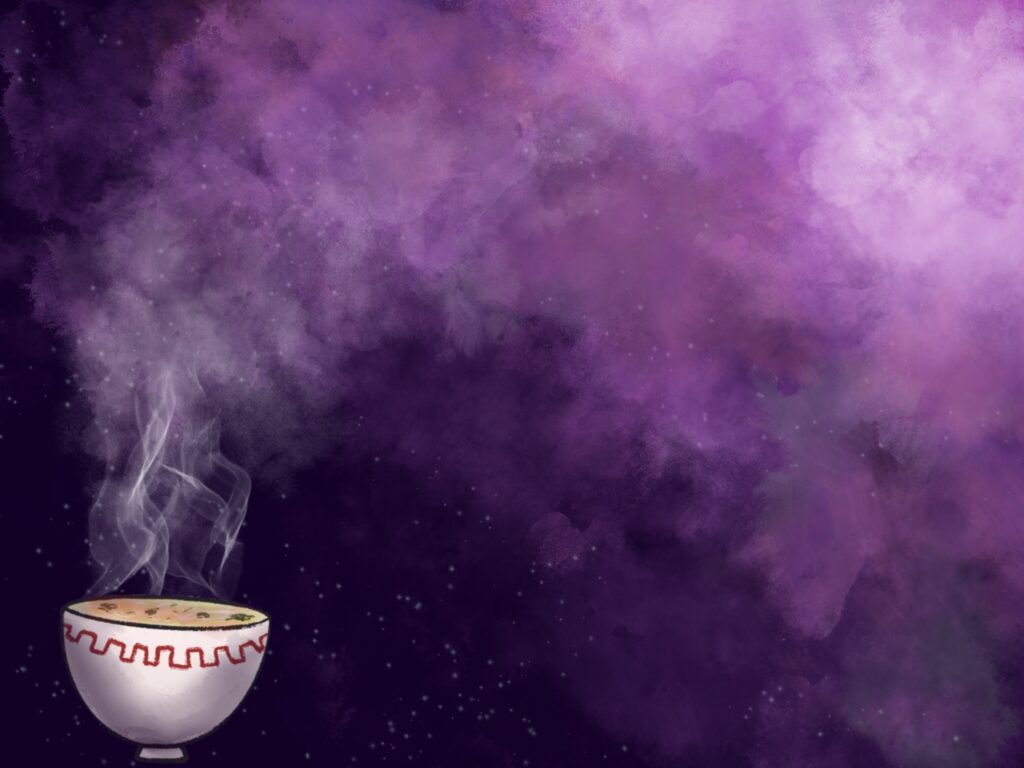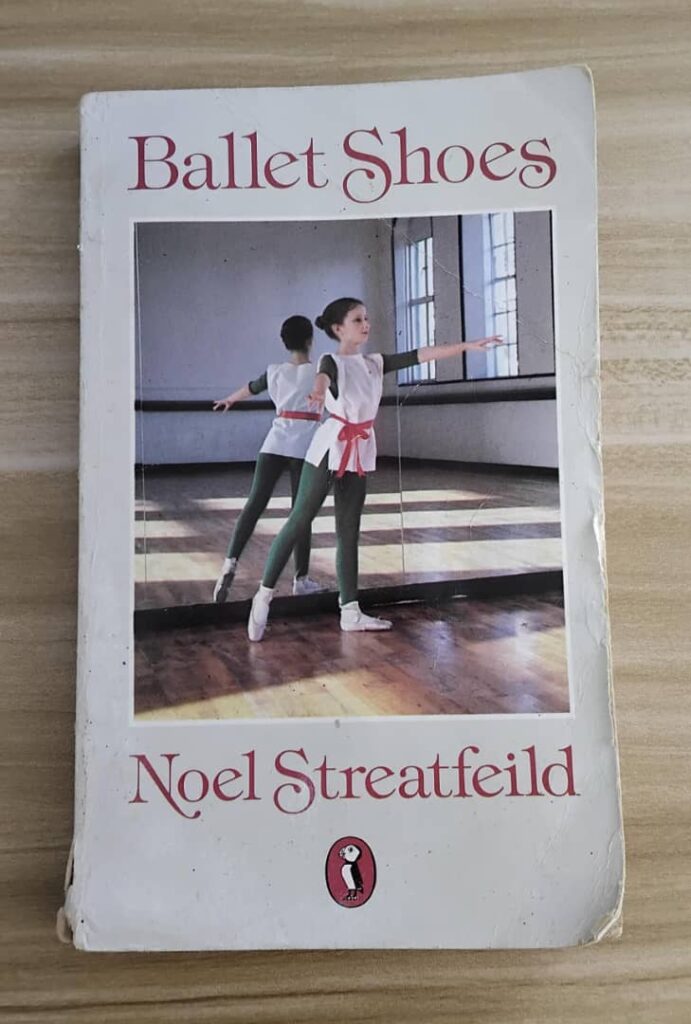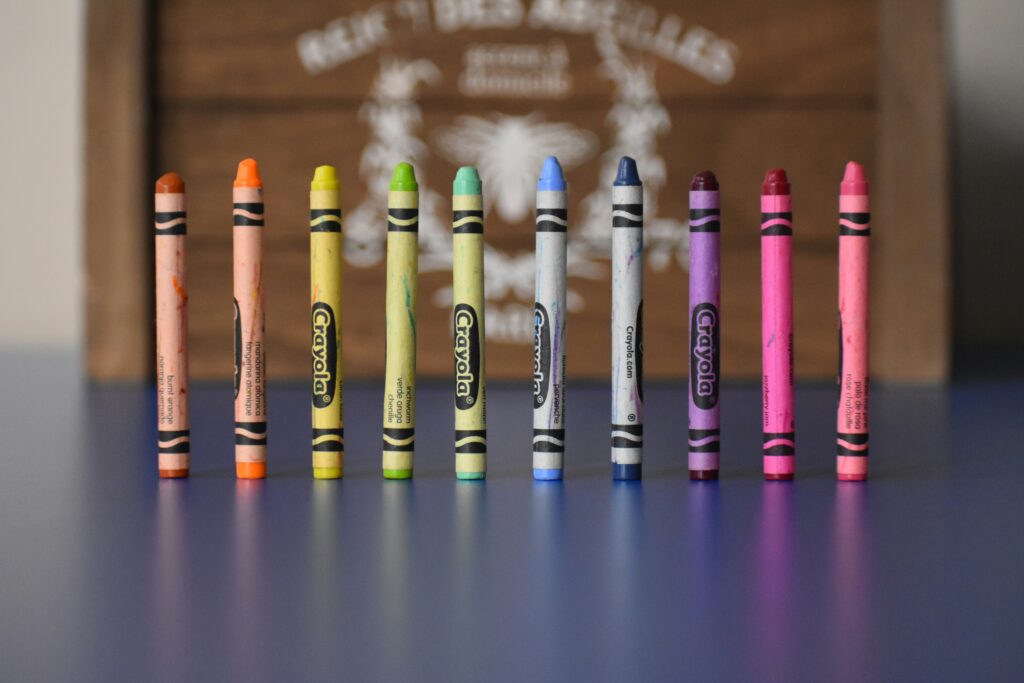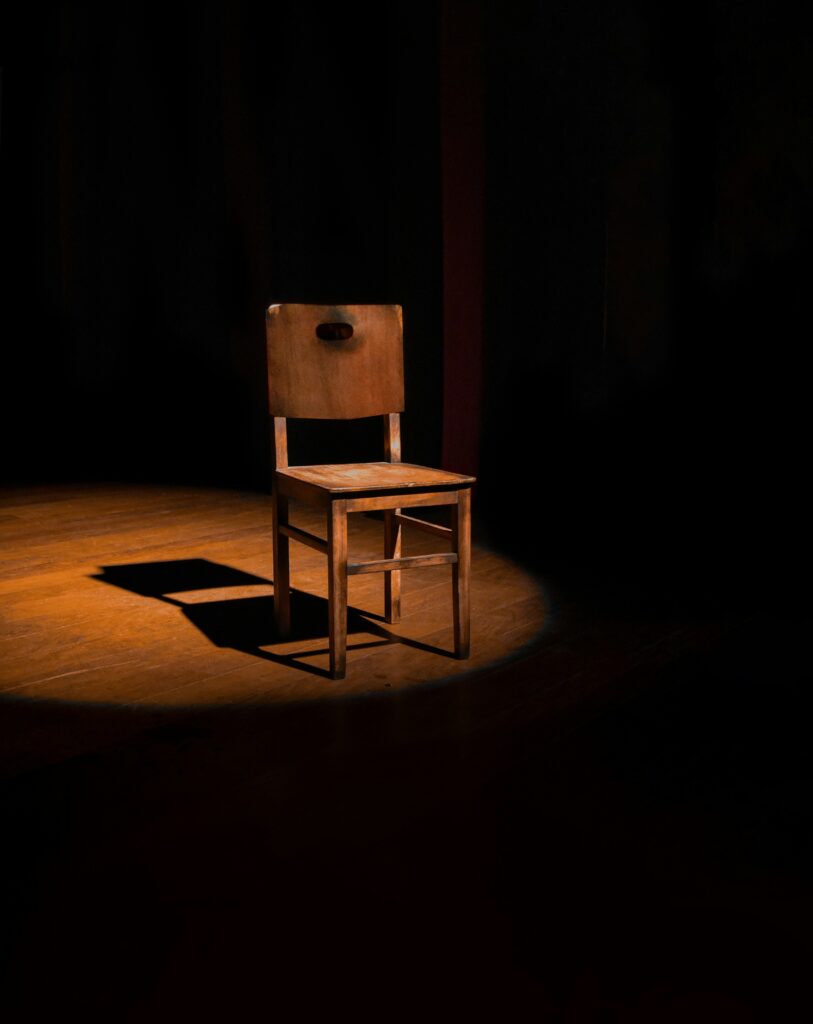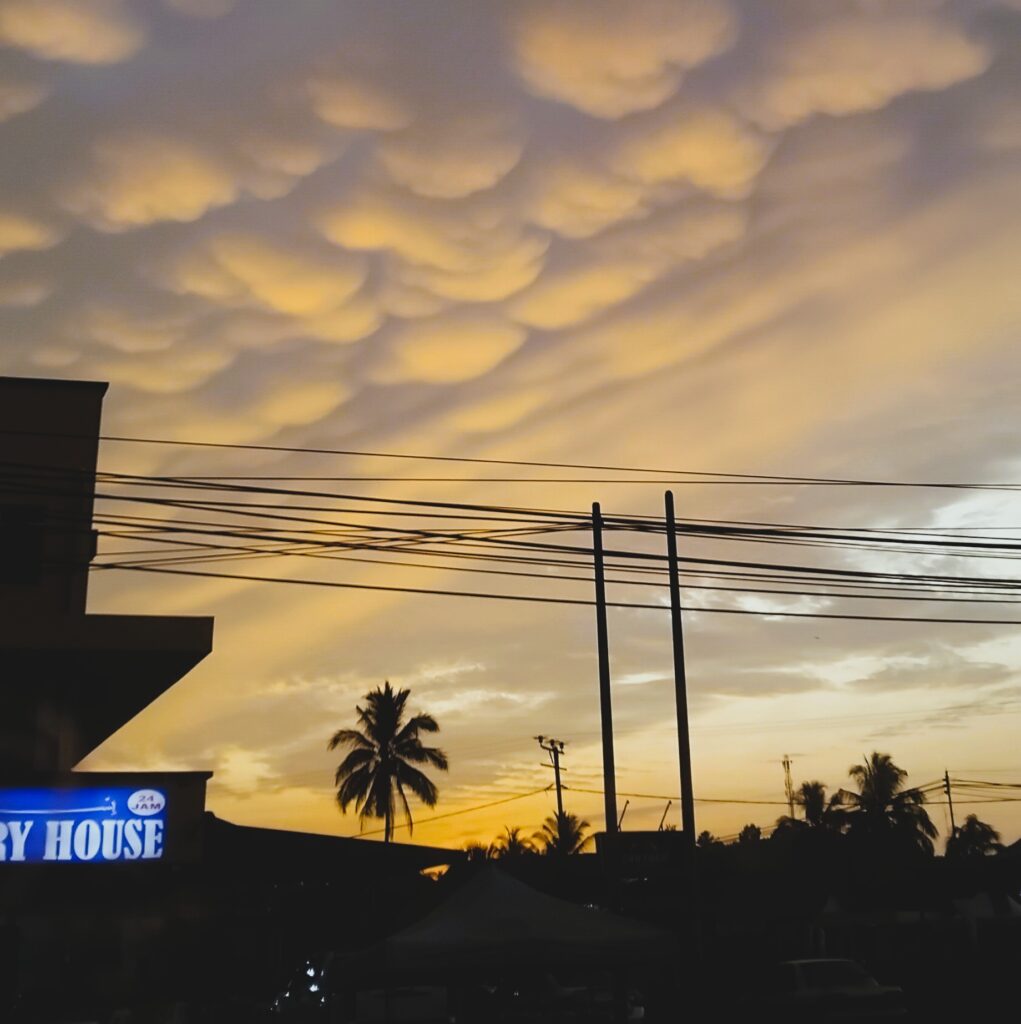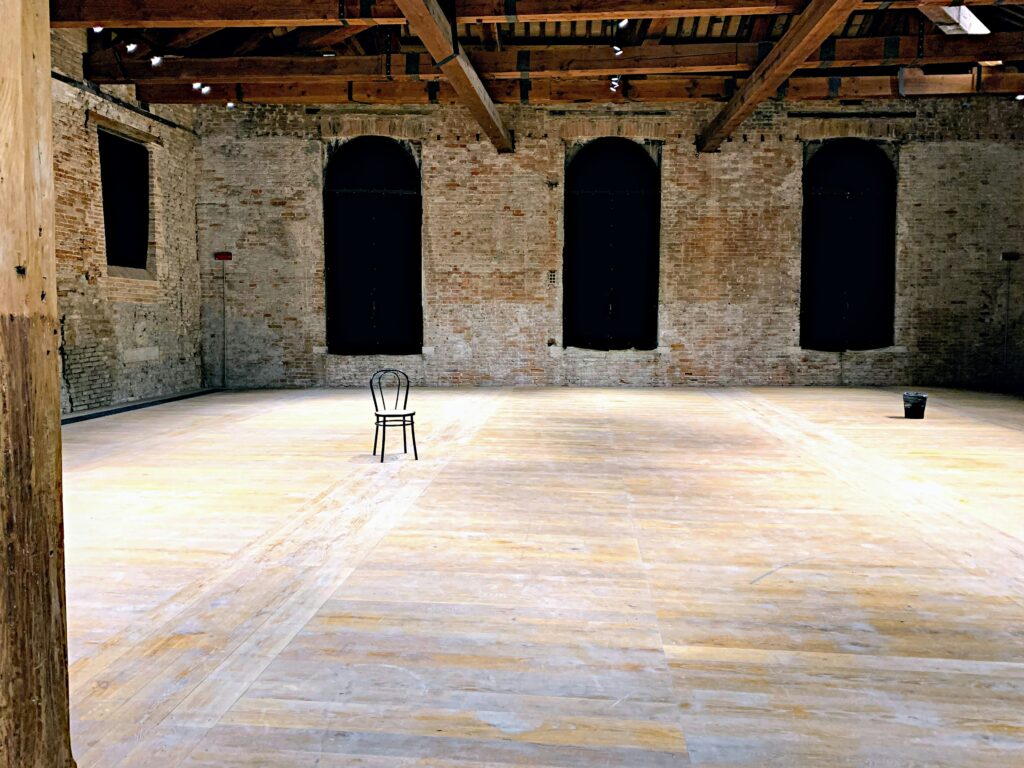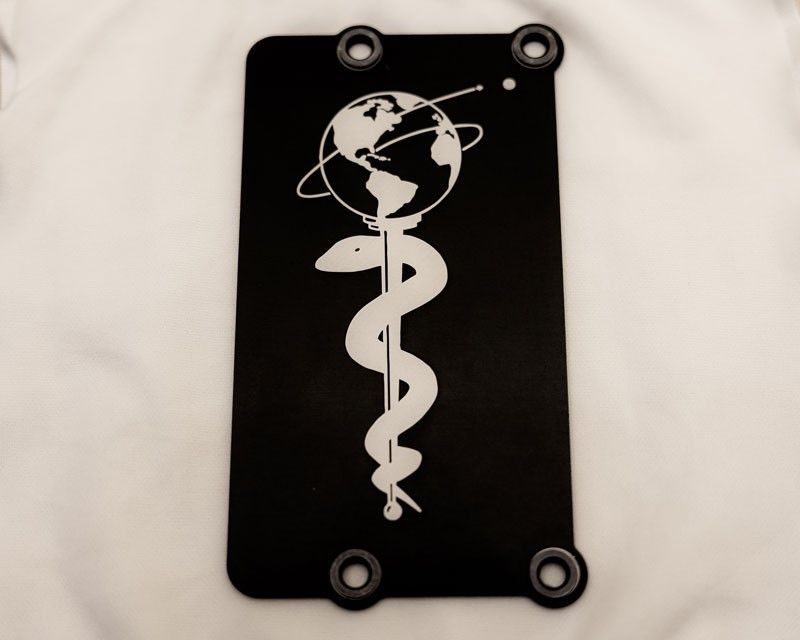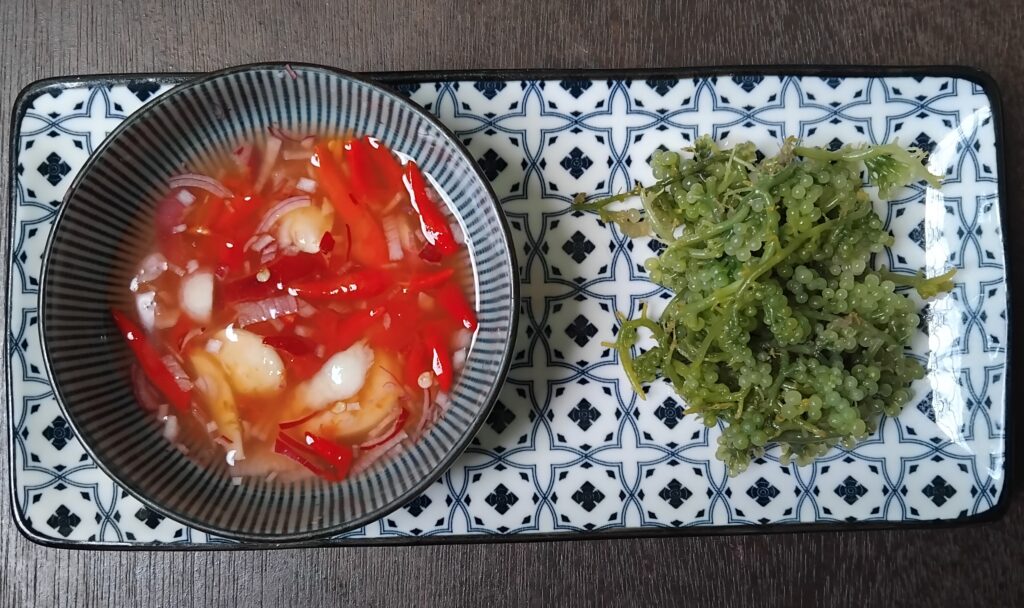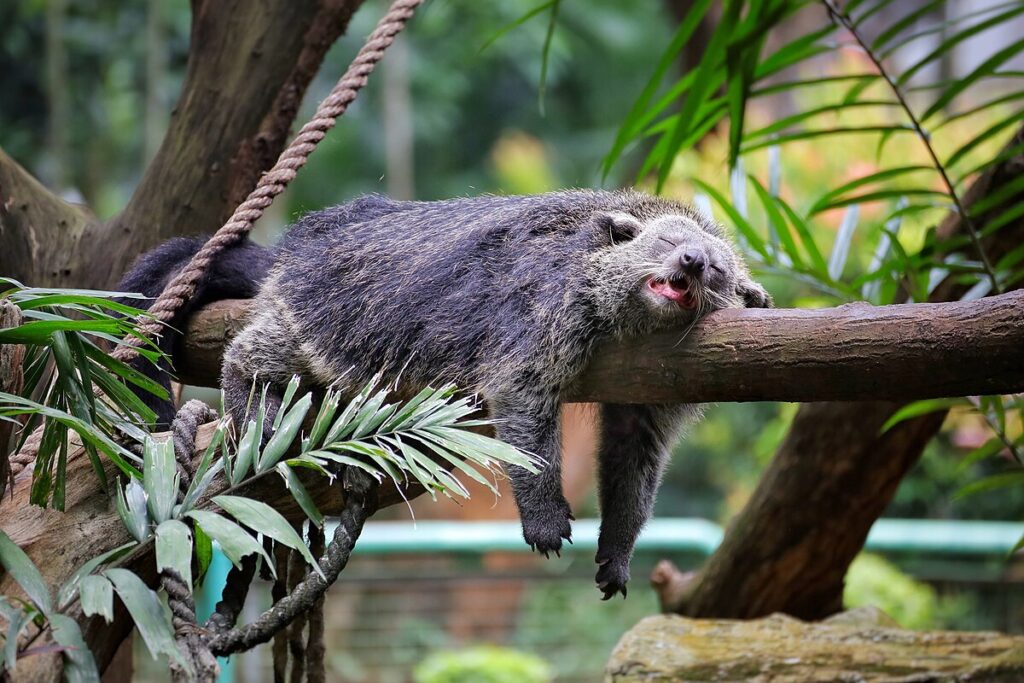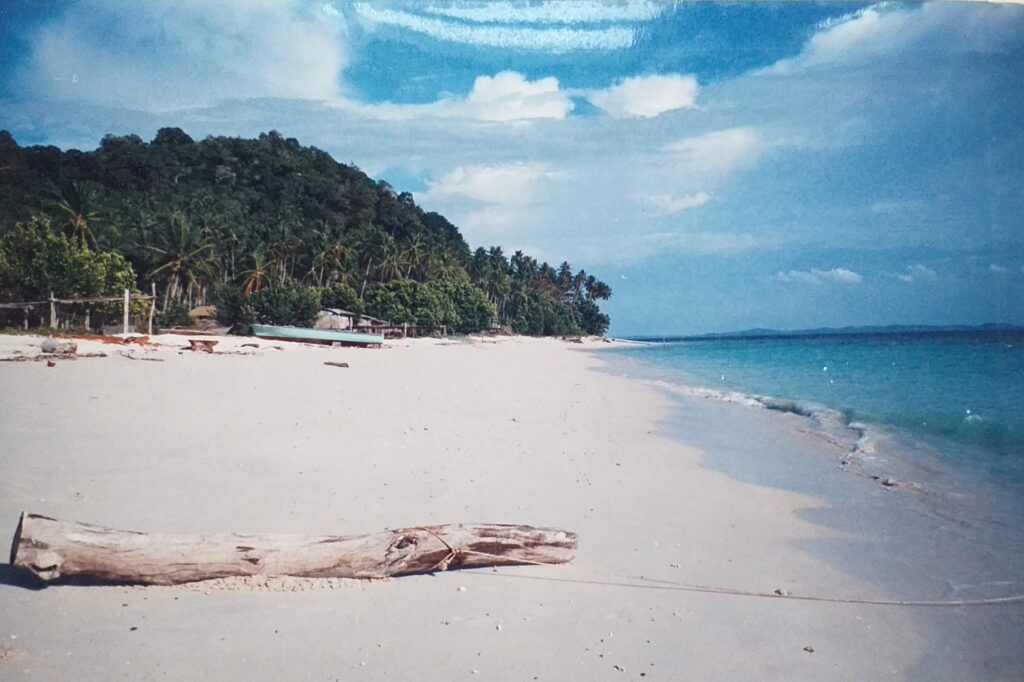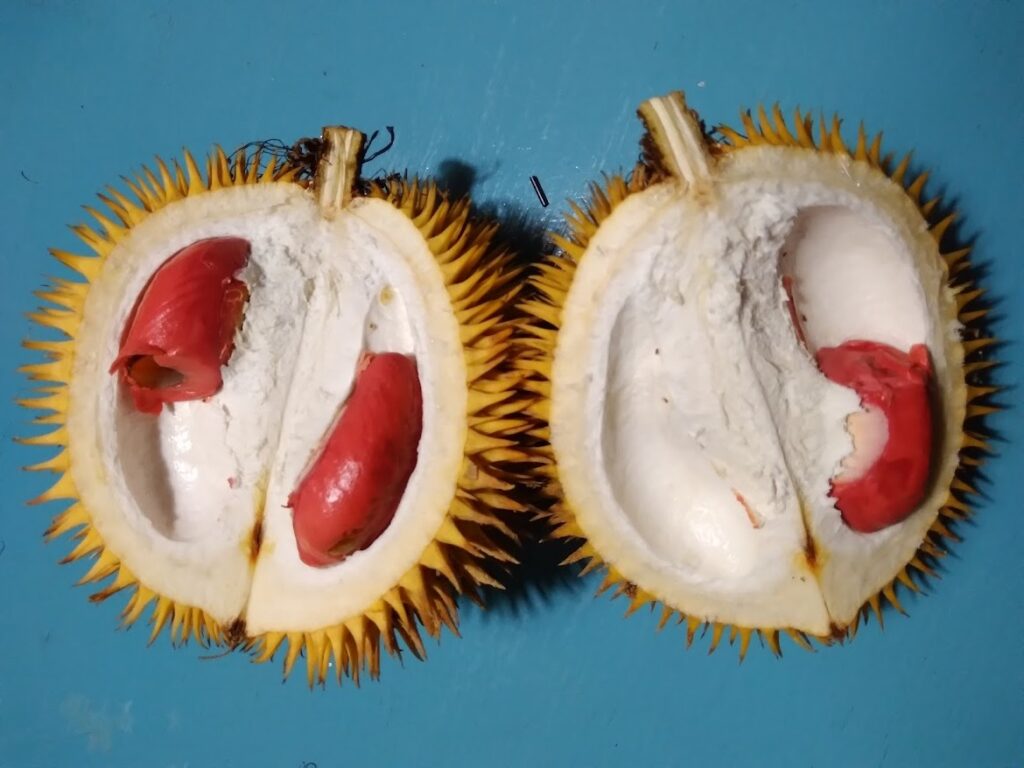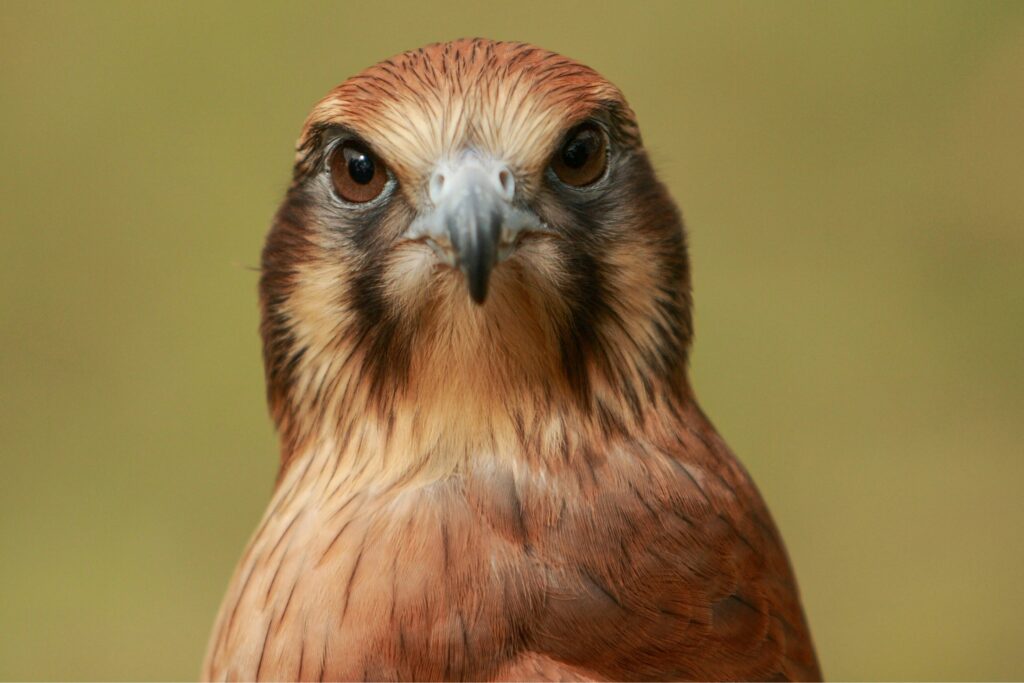Future Abstract: Crisp and Squish
By Laura Rikono
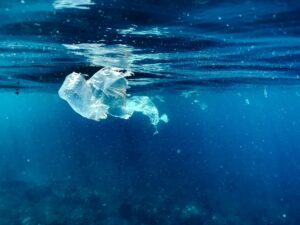
SATIRE ALERT: This Future Abstract is entirely fictional and should not be taken as actual scientific research. No plastic was consumed in the making of this piece.
With injectable plastic-degrading enzymes having recently been certified for human use, we can finally exploit our most abundant global resource: plastic debris in the marine environment. The numerous obstacles facing this innovative waste-to-waistline solution have been largely overcome, but one particularly daunting challenge remains, namely the fact that people are generally reluctant to eat plastic.
While previous work tackled this problem using the sneaky method of hiding plastic in food items such as cookies or stews, our study used a novel approach to encourage its consumption. Specifically, we emphasized—rather than concealed—the positive characteristics of the source material. To this end, we figuratively threw the kitchen sink at the problem, using fancy chef tricks to enhance the appeal of plastic debris, such as fermenting, flame-charring, and upscale plating. To assess whether our efforts were palatable, we asked 42 volunteers to rate the edibleness of six dishes were on a scale from 1 (‘Yummy’) to 5 (‘I’m going to die’).
Only two dishes (‘Microplastic Mousse’ and ‘Polyethylene Parfait’) were considered acceptable (rated 4 ‘I guess it’s better than starving’). Interestingly, we found that plastic debris consumption offered an unexpected benefit: it reduced the need for flossing, with the particles naturally migrating between teeth during chewing, offering cleaning action for up to four hours. We are very encouraged by our results and believe they show the way forward for research into increasing society’s willingness to eat garbage.
Future Abstracts are brought to you by We, the Future Researchers.
Freeing Caged Lions
On Artistic Courage in the Face of Doubt
Sometimes things collide in the most unexpected ways. On the one hand, I am slowly picking my way through Conversations with Goethe in the Later Years of his…

